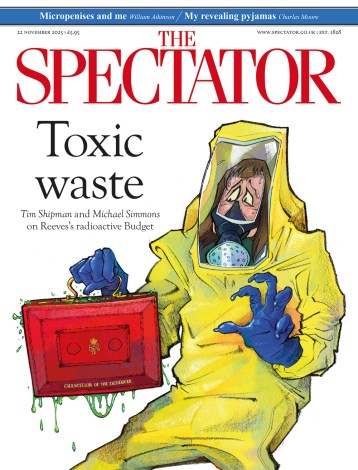Jewels
Royal Opera House
Created in 1967 for a stellar cast of dance artists, Jewels is one of the most written about of Balanchine’s ballets. Intrigued by its uncommon structure, namely three choreographically diverse, plotless sections set to different music, dance writers have long debated the work’s possible meanings. Today it is generally agreed that the ‘first abstract three-act ballet’, as it was originally referred to in the press, draws upon the gems’ pretext to show a reading of three different ballet epochs: the Romantic one (Emeralds), the jazzy, all-American modern one (Rubies) and the one that Balanchine loved most for biographical reasons, the Imperial Russian Ballet (Diamonds), portrayed here in all the glittering splendour of its aristocratic classicism. As someone who has long studied 19th-century ballet practices and their contextual factors, I cannot help thinking that there is more to it, though. What most illustrious colleagues seem to overlook is that, throughout the 19th century, precious stones, like flowers, fans, handkerchiefs and other objects, were used as metaphorical signs to express different concepts and feelings. This ‘language’ provided dance makers of the time with first-rate source material, as demonstrated by the abundance of ballets and divertissements revolving round precious stones — as in the case of the well-known pas from the third act of Petipa’s Sleeping Beauty.
It is thus possible that Balanchine decided to create a work in which the celebration of three dance eras went hand in hand with typical 19th-century meanings, the memory of which had been triggered by a visit to the New York showrooms of Van Cleef and Arpels — the sponsor of the current Royal Ballet’s production.
If read from this angle, Jewels comes across as a not so abstract tribute to three facets, or stages of love, as each of the three chosen precious stones referred to in the ballet was said to possess magical properties that favoured the path of a successful relationship. According to some old manuals of gems’ magic, emeralds attracted love, and were thus associated with the beginning of a story. This, in my view, is what is portrayed by the subdued lyricism of Emeralds, set to Fauré’s intoxicatingly decadent music. Just look at the use of gentle choreographic motifs, including simple walking, that underscore this section. It is like a series of first encounters, juxtaposed with intimate moments of reflection, a mix of doubt and contentment, typical of the moment true love is first met. On the opening night, Tamara Rojo, Leanne Benjamin, Valeri Hristov and Bennet Gartside as the leads gave a near-perfect rendition of this delicately romantic comedy of manners.
According to 19th-century literature, rubies are believed to bring sparkling joy to lovers and to enhance that kind of sexual frolicking seldom seen in ballet. Not surprisingly, the Balanchinian Rubies is a coquettish, flirtatious, hip-thrusting, funny, bopping moment, set to Stravinsky’s fizzy Capriccio for Piano and Orchestra. Carlos Acosta, Alexandra Ansanelli and Laura McCulloch highlighted with humour and panache the wiles of seduction, even though their pyrotechnic performance called for more attention to stylistic detail. Still, their display of carefree and delicately lustful joy formed a more than ideal contrasting prelude to the imposing final section.
Apart from being a girl’s best friend, diamonds have always been the stone that seals a loving union, promising faithfulness and dedication. Choreographically, the final, triumphant stage of love is depicted by a mesmerising central duet, which appeared to be even more so than usual, thanks to the supreme performance of Alina Cojocaru and noble-looking Rupert Pennefather. Their dancing lifted the quality of an already good evening to seldom seen heights, thus marking in the best possible way the end of the Royal Ballet season.





Comments